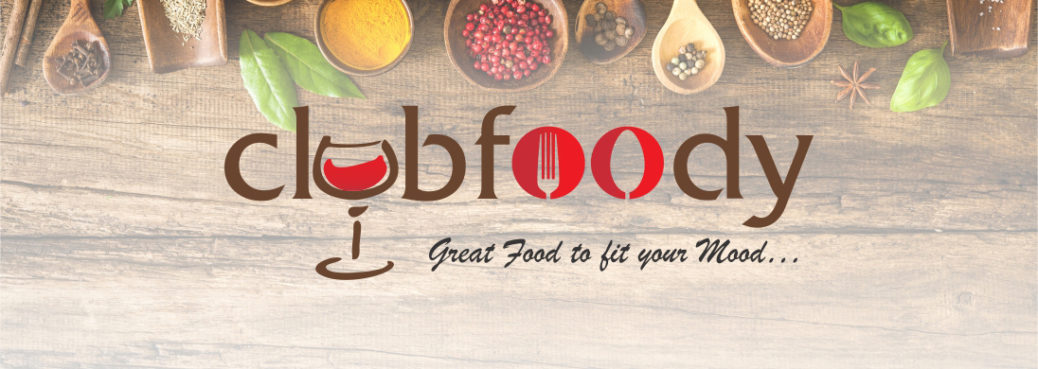Turnip vs Rutabaga
Turnip vs Rutabaga… I’m pretty sure most of us have confused these two vegetables, naming them wrongly. My mother always called rutabaga turnip and vice versa therefore I grew up naming them like she did. They are many differences between these two and that is what this episode is all about… to de-mystify them.
Let’s start from the beginning. These root vegetables are both from the cabbage family under “Brassica“. Actually rutabaga is a hybrid of turnips and cabbages. Turnip is a summer crop harvested when small otherwise if it grows bigger, it can turn woody. On the other hand, rutabaga is a winter crop and harvested when large. To preserve its moisture longer and prevent from drying out, this vegetable is coated with wax.
When it comes to their outside appearance, there are a few differences with Turnip vs Rutabaga. The rutabaga is dark beige with some yellow, brown and dark purple. Its texture is rough and much bigger than the turnip. The most popular North American purple-top turnip is much smaller, smooth to the touch and has a bright purple top and white round root. There are over 20 other types of turnips including Gilfeather, Hinona Kabu, White Lady, Shogoin, Green Globe, Scarlet Queen, Gold Ball, Tokyo Cross, Snow Ball, etc.
How to pick either of them? They have to be firm to the touch and heavy for their size. Most of the time, turnips are sold in bunches while rutabagas are sold individually. If there are leaves attached, don’t throw them out as they are edible.
When prepping them, the root and top ends have to be cut and discarded. To remove the outer layer, my preferred kitchen tool is a vegetable peeler but many like to use a paring knife so use whichever is more comfortable for you. The reason why I like to use my peeler is because it’s faster and neater plus there’s less chance of removing too much flesh.
After peeling them, there’s another difference between Turnip vs Rutabaga. The flesh of a turnip is pure white while the rutabaga is yellowish. The taste is not the same either. Although both are from the same family, the rutabaga is slightly sweet while the turnip is a mild version of radishes. It reminds me of a Chinese daikon. As their texture is quite similar, both can be interchangeable in recipes.
I enjoy these root vegetables in soups, stews, casseroles, and so on. They can also be enjoyed mashed, roasted or puréed. They are amazing raw as well. I add them to salads by shaving or grating them. I also make veggie noodles using a spiralizer.
Here’s how I cook them;
– Roasted: Drizzle oil and season with herbs (Herbes de Provence is one I like to use), sea salt and freshly ground black pepper. Transfer to a 425ºF preheated oven and cook for 30 minutes or until golden and tender.
– Mashed or Puréed: Cube the vegetables evenly and transfer to a pot with salted boiling water. Cook until tender, about 12 to 15 minutes and then proceed with the recipe. From there, you can transfer the boiled vegetable to a blender and purée it until very smooth.
Storing them is easy especially rutabaga because it’s coated with wax (paraffin) therefore it has a longer shelf live as long as it’s not washed. Store in a cool, dark place like a root cellar, it can be kept for months or place them in a large unsealed plastic bag and transfer to the crisper in the fridge. Turnips are stored differently. Remove any greens and clean off any soil. Place them in a container and cover with a damp cloth or newspaper before transferring to the fridge’s crisper. They should last for about 2 1/2 weeks.
Another way to store both vegetables is to freeze them. Wash, peel and then cube them before placing in boiling water. When the water returns to a full boil, set the timer for 2 minutes. When time is up, quickly plunge the cubes in an ice bath using a slotted spoon or spider strainer. When they are cool, place them in a single layer on a baking dish lined with a silicone mat or parchment paper. Transfer to the freezer for a few hours before putting them in a re-sealable freezer bag. Return to the freezer until needed. They can be frozen for up to 8 months.
If these root vegetables are not in your diet, perhaps you want to reconsider as they are a great source of nutrients and vitamins such as calcium, iron, potassium, magnesium, vitamin B6, vitamin C, vitamin E, folate, high in fiber and antioxidants, low in calories, and the list goes on…
I use these delicious vegetables in many of my recipes such as in my Carrot & Rutabaga Mash, Root Vegetable Hash, Bouilli du Québec, Root Vegetable Samosa, Chinese Turnip Casserole, Root Vegetable au Gratin, and many more…
Bon Appétit!
Here are more great tips & tricks for you to try…
– How to Trim, Cut & Clean Leeks
– Perfect Whipped Cream Every Time ~ How to
– How to make Chipotle Purée & Chipotle Mayo
– Prepping Lemongrass ~ How to
– Beets ~ Prep & 4 Ways to Cook
– Ricotta Cheese • How to Drain
and for even more fun kitchen tips and tricks, click on this link… Recipe Category • Tips & Tricks
Don’t forget to subscribe to our YouTube channel by clicking on this link… Club Foody YouTube


